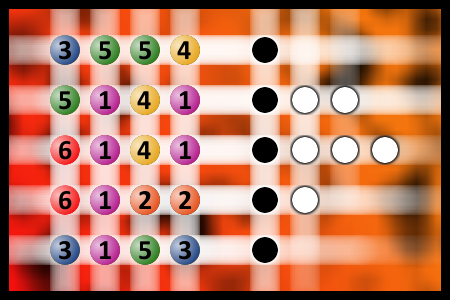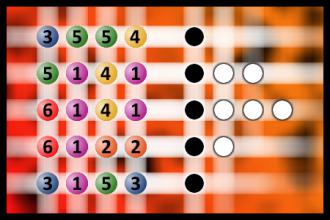What a winning combination?
The computer chose a secret code (sequence of 4 digits from 1 to 6). Your goal is to find that code. Black circles indicate the number of hits on the right spot. White circles indicate the number of hits on the wrong spot.Correct answers: 63
The first user who solved this task is Irena Katic Kuzmanovic.
#brainteasers #mastermind

Partial disability
A man was being interviewed for a job. "Were you in the service?" the interviewer asks.
"Yes, I was a Marine," responds the applicant.
"Did you see any active duty?"
"I was in Vietnam for two years and I have a partial disability."
"May I ask what happened?"
"Well, I had a grenade go off between my legs and I lost both testicles."
"You're hired. You can start Monday at 10 a.m."
"When does everyone else start? I don't want any preferential treatment because of my disability."
"Everyone else starts at 7 a.m., but I might as well be honest with you. Nothing gets done between 7 and 10. We just sit around scratching our balls trying to decide what to do first."

